The 2020/21 NBA regular season will get underway on December 22, so it’s time to start getting serious about predictions for the upcoming campaign.
With the help of the lines from a handful of sports betting sites, including Bovada and BetOnline, we’re running through the predicted win totals for each of the NBA’s 30 teams, by division. In a series of team-by-team polls, you’ll get the chance to weigh in on whether you think those forecasts are too optimistic or too pessimistic.
Of course, there are plenty of wild cards to take into account this season. For one, teams are scheduled to play 72 games instead of 82, so if you’re picking a team to win 41 games, you’re not just expecting them to be a .500 club — you’re projecting them to finish 10 games above .500. For each team’s over/under below, we’ve noted the record they’d have to achieve to finish “over” their projection, as a reminder.
It’s also worth noting that the coronavirus pandemic could cause some games to be canceled in 2020/21. We don’t want you to have to take possible cancellations into account when making your picks though, so don’t let that stop you from taking the “over.” If a team has a couple games canceled, we’ll adjust their over/under figure downward, so you’re essentially just projecting that team’s winning percentage.
We’ll turn today to the Northwest…
Denver Nuggets
- 2019/20 record: 46-27
- Over/under for 2020/21: 44.5 wins (45-27)
- Major offseason moves:
Trade Rumors app users, click here for Nuggets poll.
Utah Jazz
- 2019/20 record: 44-28
- Over/under for 2020/21: 42.5 wins (43-29)
- Major offseason moves:
Trade Rumors app users, click here for Jazz poll.
Portland Trail Blazers
- 2019/20 record: 35-39
- Over/under for 2020/21: 41.5 wins (42-30)
- Major offseason moves:
Trade Rumors app users, click here for Trail Blazers poll.
Minnesota Timberwolves
- 2019/20 record: 19-45
- Over/under for 2020/21: 29.5 wins (30-42)
- Major offseason moves:
Trade Rumors app users, click here for Timberwolves poll.
Oklahoma City Thunder
- 2019/20 record: 44-28
- Over/under for 2020/21: 22.5 wins (23-49)
- Major offseason moves:
- Added: Al Horford, George Hill, Trevor Ariza, Justin Jackson, Ty Jerome, T.J. Leaf, Darius Miller, Kenrich Williams, Admiral Schofield, Aleksej Pokusevski, Theo Maledon
- Lost: Chris Paul, Steven Adams, Danilo Gallinari, Dennis Schroder, Nerlens Noel, Terrance Ferguson, Abdel Nader, Deonte Burton, Andre Roberson
Trade Rumors app users, click here for Thunder poll.
Previous voting results:
- Boston Celtics (45.5 wins): Over (66.3%)
- Brooklyn Nets (45.5 wins): Over (58.6%)
- Philadelphia 76ers (44.5 wins): Over (57.4%)
- Toronto Raptors (42.5 wins): Over (54.7%)
- New York Knicks (22.5 wins): Under (59.5%)
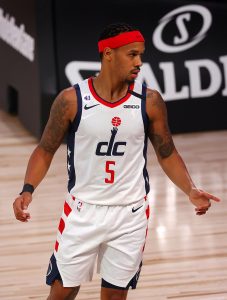
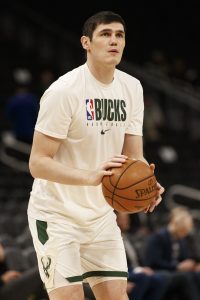
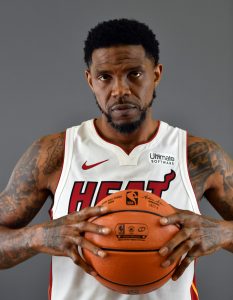
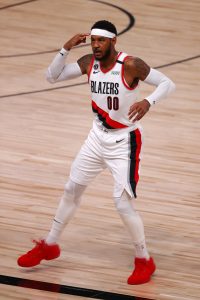
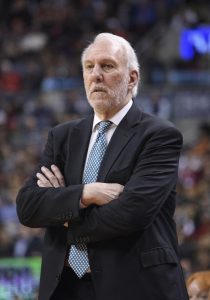
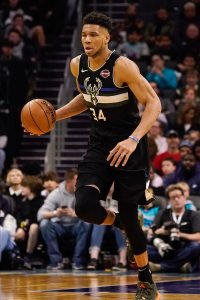 However, we’ll still waiting for news on the biggest contract question of the NBA offseason: Will
However, we’ll still waiting for news on the biggest contract question of the NBA offseason: Will